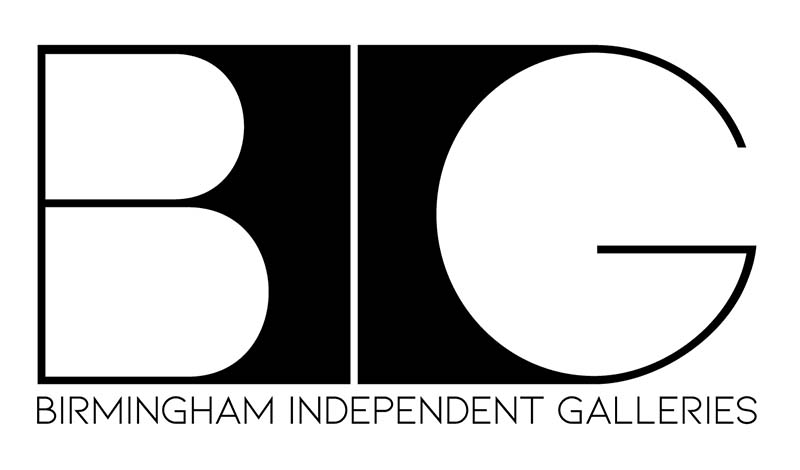What makes a great city?
Birmingham is a city in constant flux. The city is barely recognisable from the start of the millennium. The skyline is changing almost weekly, and large corporations are flocking to call Birmingham their home. As a result, the city is growing rapidly in its finance, tech and property standing. The average wage has also increased. Plus we have had a successful Commonwealth Games to boast. Barring the recent announcement by The City Council, and some wider national factors, it is generally a good time to call Birmingham our home.
However, now the Games are becoming a distant memory, something is sadly lacking in Birmingham which other cities been nailing for years. Art and culture is too far down our lost of priorities, and it seems it is because we don’t value its importance enough. It is just not part of most Birmingham residents’ daily lives.
But think about it. Why do you holiday in other cities? You go for the culture: The architecture, history, cuisine and art.
That’s why Lux Gallery have teamed up with other local galleries, to help promote our importance in Birmingham becoming a thriving creative city once again.
Why are art galleries important?
Art galleries are the connection between creatives and the commercial world. Commercial galleries do the legwork in getting artists recognition, where creatives may not have the capacity to achieve that alone. Commercial galleries are able to showcase artists’ work, and dedicate their time to displaying, promoting and selling art, so that the artists themselves can keep creating. As a result, galleries raise the profile and value in an artist’s work. The commercial gallery model has existed for decades, and continues to thrive and grow, in spite of changing trends, lifestyles, and continuing shifts towards online shopping.
Focus on Birmingham
Many local residents believe that Birmingham is a creative, cultural city. And it is to an extent. It has a great street-art scene, plus a rich musical and cultural history. It boasts festivals, historical sites, and myriad arts markets and working artist studios, plus the infamous Jewellery Quarter. There are a few local heroes in the artistic sector, and a handful of recent success stories.
But too many artists struggle in the city. The creative scene and the commercial sector are very disconnected in Birmingham. A lot of the art world is ‘underground’. This is where independent galleries should help; in bridging the gap between artists and art buyers.
However, here’s the reality: Independent art galleries come and go far too quickly in Birmingham. There are now fewer independent galleries in Birmingham than at any other point in the past 20 years.
It’s instinctive to say either the wider art world – or the economy – is to blame for the decline. However, nationally between 2010 and 2019, the number of commercial art galleries in the UK grew steadily year-on-year from 1,084 to 1,597. The decline is certainly not national.

How does Birmingham compare to other cities:
Depending on your views, you may not consider there to be a problem. The street art scene in Digbeth is well recognised. We have a few public galleries. There are craft markets in many suburbs selling local creations. Until you compare Birmingham to other creative cities, it’s easy to simply assume Birmingham supports its artists as strongly as anywhere else. But the numbers say otherwise.
Countless creatives struggle to find a paying audience in Birmingham who are able to turn an artist’s output into their vocation (through purchases and commissions). I have met far too many creatives (artists, writers, designers) who have grown weary of trying to find their value in Birmingham, and have instead left for other cities where creativity is part of daily life (see Bristol, London, Brighton).
Essentially, a city only becomes ‘truly creative’ and cultural when its people invest their money directly back into local creative endeavours.
Another presumption is that the people of Birmingham simply cannot afford to invest in art. Do Bristol, Manchester and Brighton’s people simply have more money to spend on non-essential goods?
Let’s talk numbers.
Birmingham now has just a handful of independent commercial galleries left*, a lower number than at any point in the last 20 years. It could be argued that this is down to recent economic factors, but the rot pre-dates the latest economic challenges, and Birmingham as a city has received more investment recently than at any point in living memory.
*Note: An ‘independent commercial art gallery’, does not include a framer or a coffee shop that sells a few pieces of art as a side business.
| City: | Population: | Number of independent commercial galleries: | Average £wage 2023: | Population per independent gallery: |
| London | 9,000,000 | 850+ | 52500 | 10000 |
| Manchester | 550,000 | 18 | 37500 | 30500 |
| Bristol | 467,000 | 25 | 35000 | 18670 |
| Brighton | 277,000 | 16 | 36500 | 17312 |
| Edinburgh | 558,000 | 19 | 36000 | 29,300 |
| Birmingham | 1,149,000 | 6 or 7 (depending on your view) | 39500 | 191,500 |
Birmingham has as few independent commercial art galleries as Broadway, which has a population of less than 3000. Yet our average wage is also higher than other comparable creative cities, outside of London.
It is clear by the figures above that other comparable cities support independent galleries in a level Birmingham is yet to match. As a result, local artists in these cities are able to dedicate more time to their craft, meaning their product improves, and the city grows in its creative output, its unique identity, and its cultural standing.
Bristol is recognised as a ‘cultural capital’ of the UK, and I have seen many of my creative peers leave Birmingham for Bristol. It’s important we try to retain vital creative skills in Birmingham. This will increase productivity in original ideas, vision, local investment, and will increase tourism as a result. Being surrounded by – and viewing – art is also proven to have a positive effect on mental wellbeing and productivity. The city wins.
Current independent galleries in Birmingham
I am not writing this expecting an overnight change in attitude. Neither am I expecting an influx of customers to my own gallery as a result of this article. This isn’t about me or my business. I also completely appreciate that times are tough for many of us, and buying art will likely not be a priority for most. Many are understandably far more concerned about their food bills and mortgage rates.
The aim for now is simply to raise awareness of an opportunity for Birmingham to change. And change will take years.
But if you do feel you can treat yourself to some art in the future, please consider buying locally as opposed to from Etsy. And please consider supporting local galleries and local artists as opposed to from big national chains.
Birmingham has a special selection of independent galleries, and each Birmingham independent gallery has their own unique curative style, and offers a unique selection of artists and services. Each time you purchase from a local gallery, the money you have spent will be reinvested in the community, as opposed to it going to the owners of a distant national corporation.
15 independent Birmingham galleries have closed since I moved to Birmingham. There are now just a handful left.
So please support your local gallery when you can. Birmingham deserves it.







